Your cart is empty.
Your cart is empty.
Navigating the complexities of type 2 diabetes often requires a combination of effective treatments and informed decisions. This is where Trulicity (dulaglutide) stands out—not only for its ability to regulate blood sugar levels but also for its simplified dosing and comprehensive approach to diabetes management.
Trulicity’s mechanism of action involves mimicking the natural GLP-1 hormone to manage blood sugar levels effectively. By closely mimicking the body’s natural GLP-1 hormone, Trulicity supports a healthier balance of insulin and glucagon while addressing other key factors like digestion and appetite control. Its innovative mechanism offers both convenience and impactful results, making it a valuable addition to the diabetes care landscape. Whether you’re seeking better glycemic control or exploring options for enhanced well-being, understanding how Trulicity works is a vital first step.
For those interested in incorporating Trulicity into their diabetes management routine, it’s essential to consult a healthcare provider to ensure it’s suitable for your specific needs. Once prescribed, you can purchase Trulicity at licensed pharmacies or through authorized online medical providers. Always verify the source to ensure you are receiving a genuine and approved product.
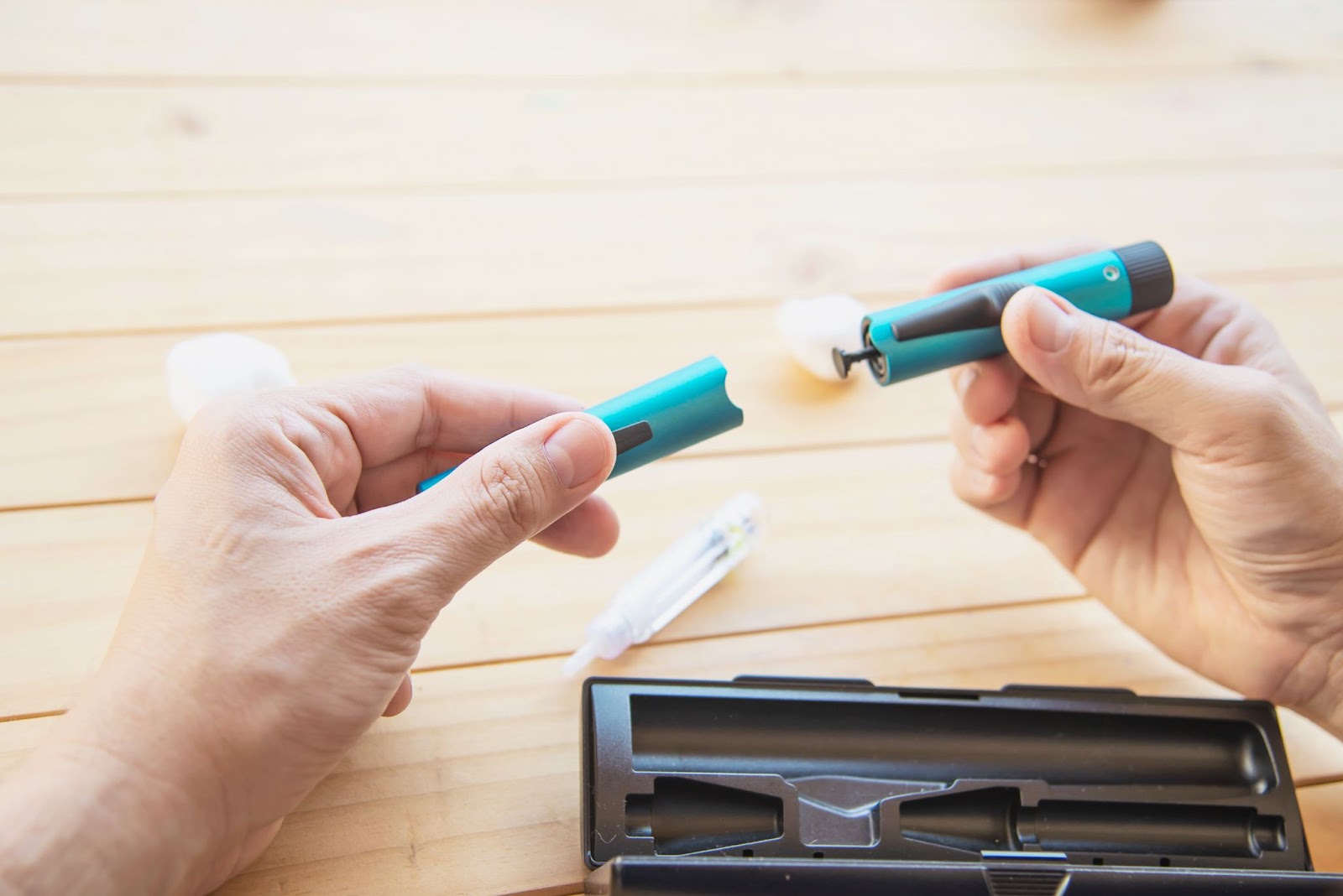
Trulicity, or dulaglutide, is a GLP-1 receptor agonist crucial in managing type 2 diabetes. GLP-1, short for glucagon-like peptide-1, is a naturally occurring hormone that helps regulate blood sugar levels in the body. By mimicking this hormone, Trulicity helps restore balance to blood sugar levels that may be elevated due to diabetes.
As a GLP-1 receptor agonist, Trulicity binds to specific receptors in the body, enhancing the release of insulin when blood sugar levels are high. It also suppresses the hormone glucagon, reducing unnecessary glucose production from the liver. Additionally, Trulicity slows gastric emptying, which helps prevent sharp spikes in blood sugar after meals and promotes better appetite control.
One of Trulicity’s primary benefits is its ability to reduce A1C levels. A1C is a blood test that measures your average blood sugar levels over the past 2 to 3 months. Lowering A1C levels is essential for managing diabetes and reducing the risk of complications such as kidney damage, nerve pain, and vision problems.
Trulicity is designed for long-term diabetes management. It offers consistent results with a convenient dosing schedule of just one injection per week. This simplicity is a game-changer for many patients, making it easier to stay on track with their treatment plans.
Trulicity’s effectiveness lies in its ability to mimic the GLP-1 hormone, vital in managing blood sugar levels. Here are the three primary mechanisms through which Trulicity works:
When blood sugar levels rise, such as after eating a meal, Trulicity stimulates the pancreas to release insulin. Insulin is a hormone that helps transport glucose (sugar) from the bloodstream into the cells, which can be used for energy. This targeted insulin release helps lower high blood sugar levels while avoiding the risk of excessive insulin production.
The liver is responsible for producing and releasing glucose into the bloodstream. In people with type 2 diabetes, the liver may release too much glucose, contributing to elevated blood sugar levels. Trulicity helps suppress the release of glucagon, a hormone that signals the liver to produce glucose. Reducing glucagon levels, Trulicity helps prevent unnecessary glucose production and keeps blood sugar levels stable.
Another unique mechanism of Trulicity is its ability to slow down the emptying of food from the stomach into the intestines. This delayed gastric emptying helps regulate the rate at which glucose enters the bloodstream, leading to better appetite control and fewer post-meal blood sugar spikes. Many patients also report feeling fuller for longer, which can contribute to weight management.
By addressing multiple aspects of blood sugar regulation, Trulicity offers a comprehensive solution for managing type 2 diabetes.
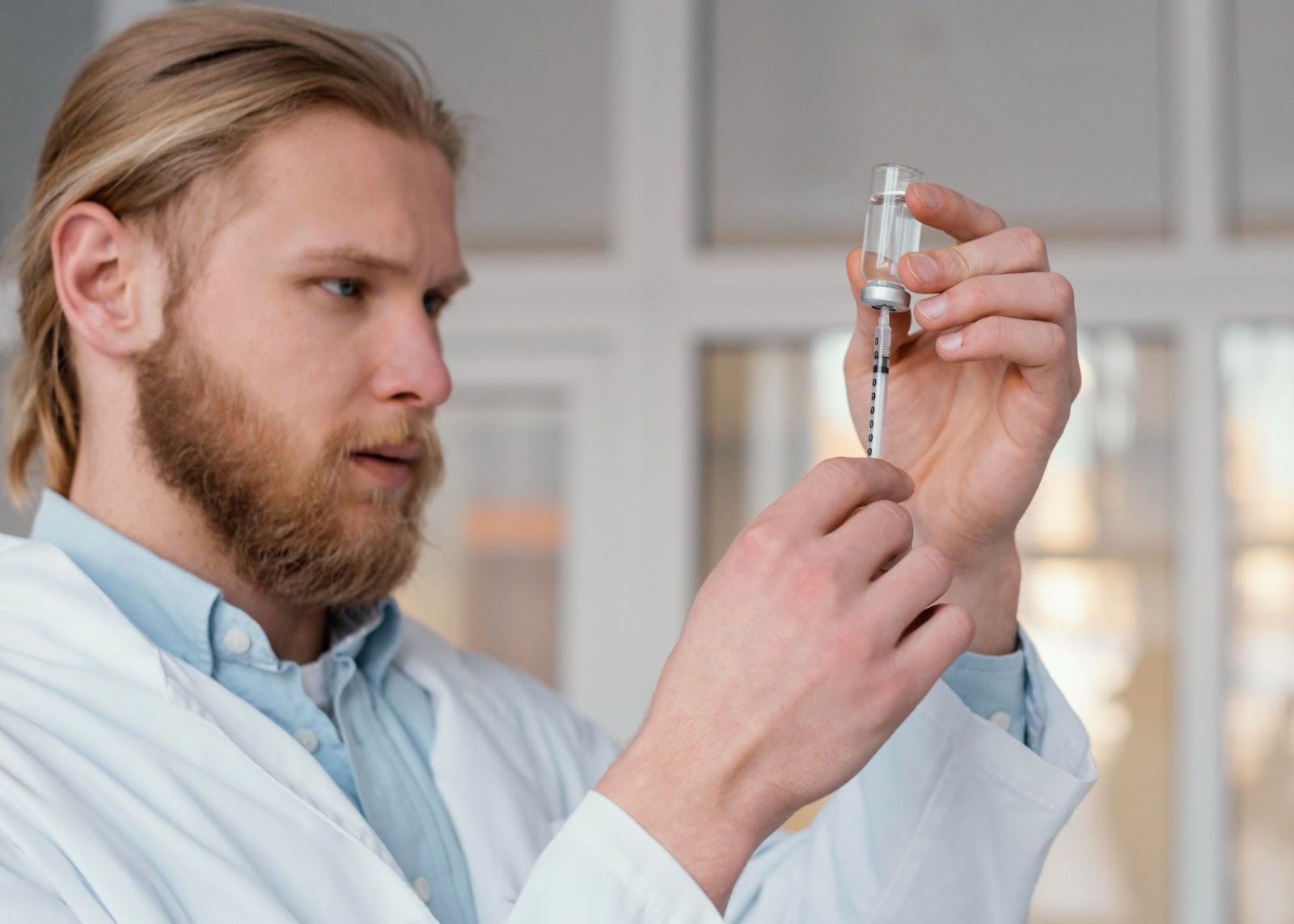
Trulicity provides a range of benefits that make it a popular choice among patients and healthcare providers:
These benefits, combined with its ease of use, make Trulicity an excellent option for many individuals seeking to manage their diabetes more effectively.
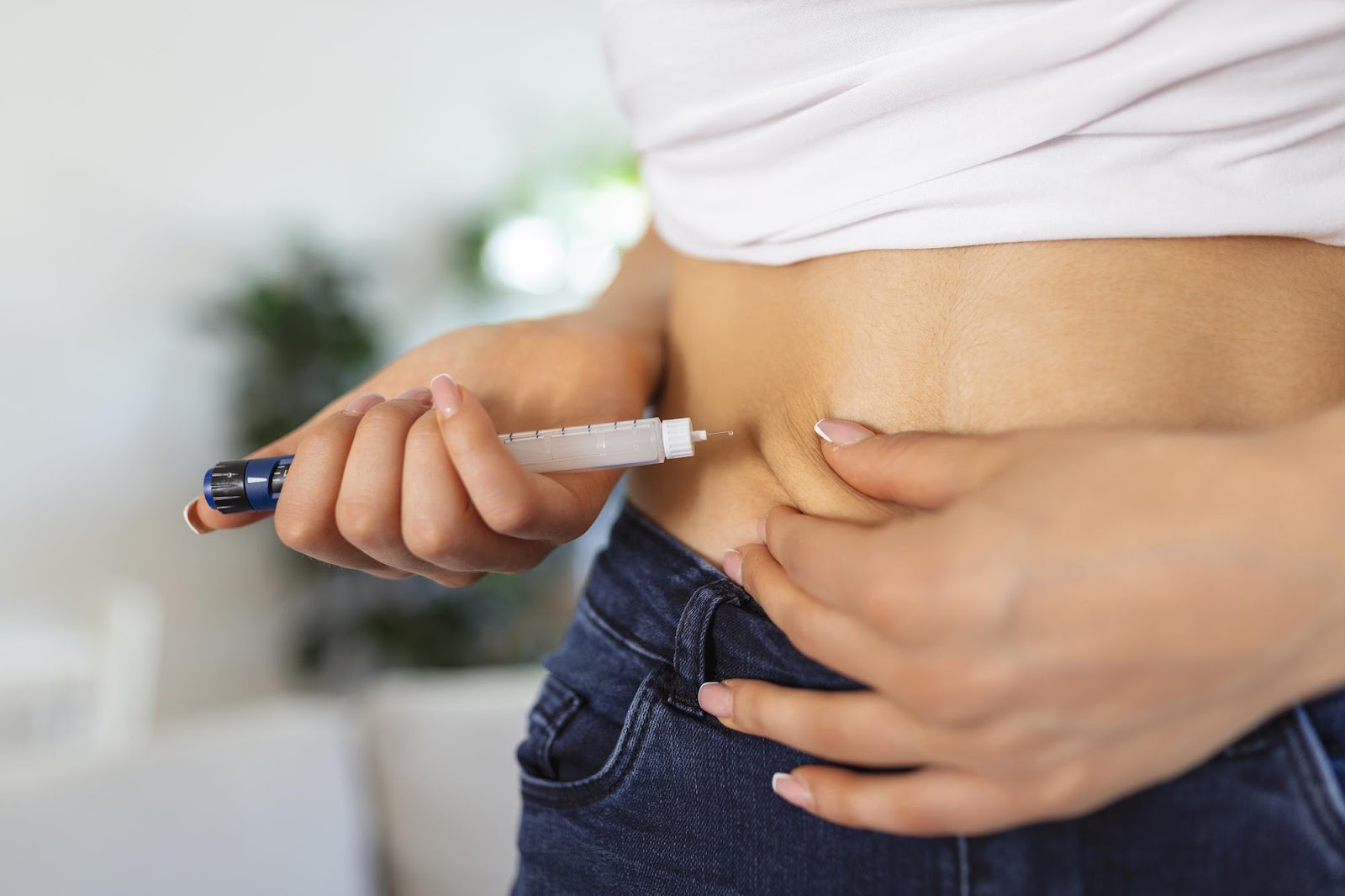
Using Trulicity correctly is essential to maximize its benefits and minimize potential side effects. Here’s a step-by-step guide on how to incorporate Trulicity into your diabetes management plan:
To ensure consistent results, choose a specific day of the week to take your Trulicity injection. Consistency is key, so stick to this schedule as closely as possible.
Trulicity is administered as a subcutaneous injection, which is injected just beneath the skin. The recommended injection sites include:
Rotate the injection site each week to reduce the risk of irritation or discomfort.
Your healthcare provider will determine the appropriate dose for you, which may start at 0.75 mg per week and gradually increase if needed. Always follow your provider’s instructions and attend regular check-ups to monitor your progress.
By following these guidelines, you can use Trulicity safely and effectively to achieve better blood sugar control.
Most patients begin to see improvements in their blood sugar levels within 2 to 4 weeks of starting Trulicity. However, full benefits may take several months, especially if dose adjustments are needed.
Trulicity can be used alongside other diabetes medications, such as metformin, insulin, or SGLT-2 inhibitors. Your healthcare provider will determine the best treatment combination based on your needs and medical history.
If you miss a dose of Trulicity, follow these instructions:
Avoid doubling up on doses to make up for a missed one.
Trulicity is a powerful tool for managing type 2 diabetes, offering convenience, effectiveness, and additional health benefits. By mimicking the GLP-1 hormone, Trulicity helps regulate blood sugar levels through multiple mechanisms, making it a comprehensive solution for many patients.
With its once-weekly dosing schedule and potential cardiovascular benefits, Trulicity is a reliable and user-friendly option for long-term diabetes management. You can take significant steps toward achieving better health and well-being by using Trulicity as directed and working closely with your healthcare provider.

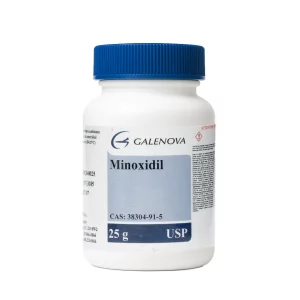
Minoxidil 25mg - Oral vasodilator for blood pressure management. Cardiovascular foundation support, pharmaceutical-grade standards, expert monitoring required.
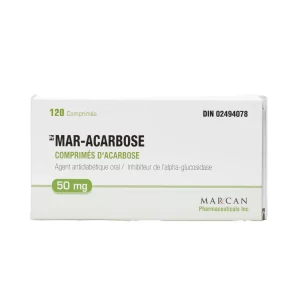
Acarbose 50mg 120 Tablets - Gentle introduction to glucose control. Three-times daily with meals, precision-formulated tablet strength.
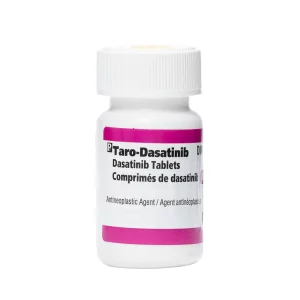
Dasatinib 20mg 60 Tablets - Flexible pediatric-strength dosing option. USP standards compliance, anytime administration, gradual increase capability.
Unlock savings on bundles and elevate your online experience today!